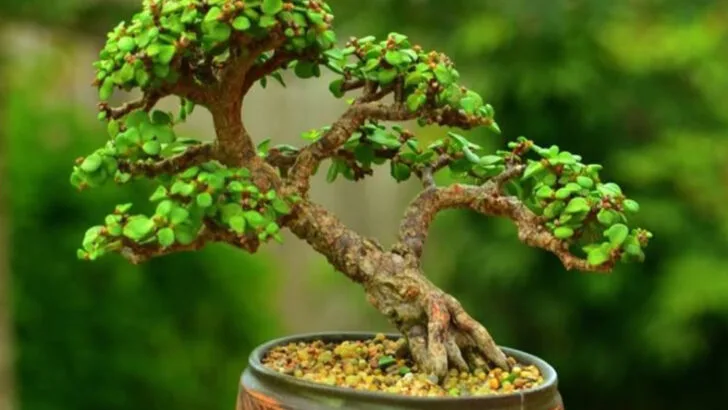You’re watering, you’re talking to them, you even bought the fancy potting mix—and yet, your plants still look like they’re plotting revenge. The truth? Some plants seem impossible to please, no matter how hard you try. But here’s the wild part: most of them aren’t picky… they’re just waiting for one specific thing.
Whether it’s better drainage, a location swap, or simply leaving them alone (yes, that’s a thing), many “difficult” plants thrive with a single tweak. Once you figure out what they really want, they’ll go from drama queens to absolute garden stars almost overnight.
In this list, you’ll meet 17 plants that secretly want to love you—but only if you crack their one weird code. If you’ve ever had a plant ghost you out of nowhere, this is the guide that finally makes peace between you and your leafy frenemies.
Fiddle Leaf Fig
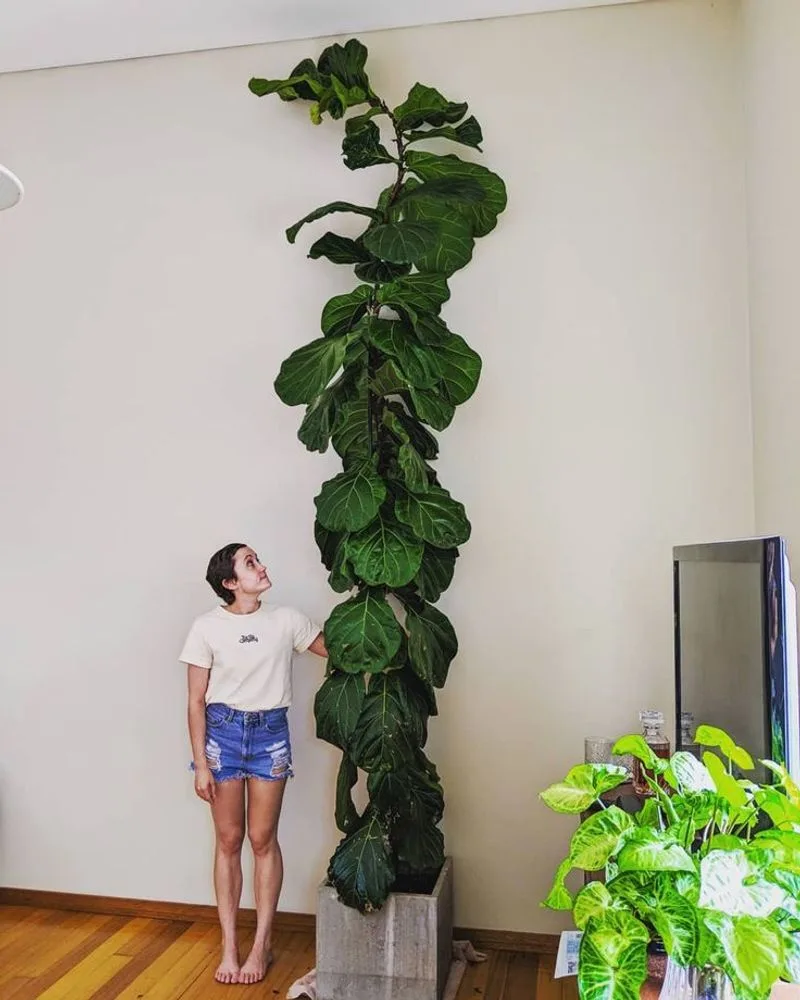
The Fiddle Leaf Fig is adored for its large, violin-shaped leaves, yet it can be quite temperamental. It’s like the diva of the plant world, demanding the spotlight. To keep this beauty thriving, ensure it has consistent lighting. Move it around, and it’ll throw a fit, dropping leaves in protest.
It doesn’t enjoy chilly drafts, so keep it away from windows in the colder months. Watering is an art here; too much, and it will sulk, not enough, and it will wilt dramatically. Once you find the balance, it becomes a stunning centerpiece.
Boston Fern
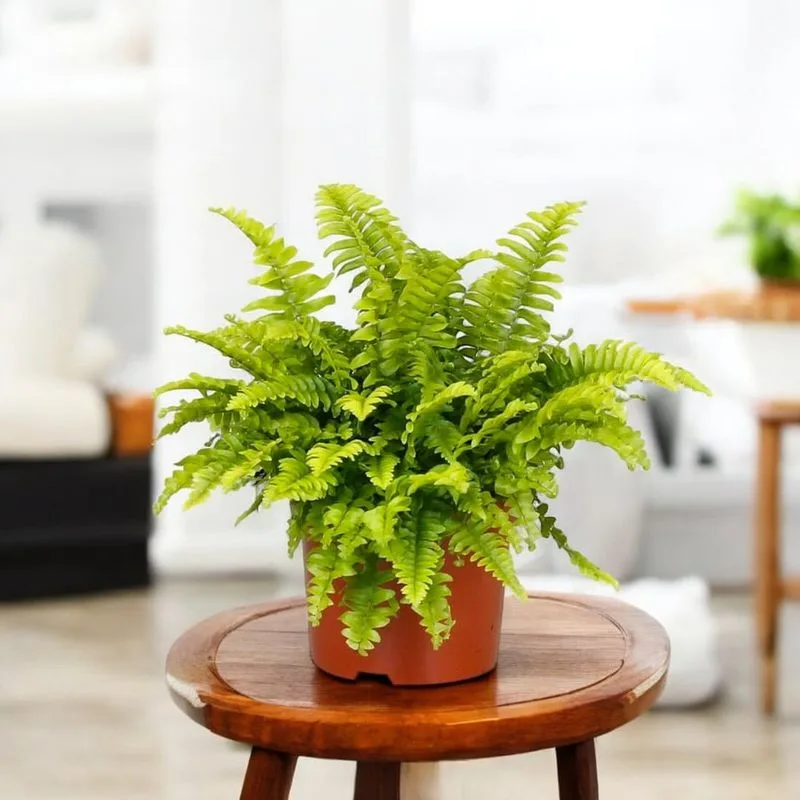
The Boston Fern, with its elegant, arching fronds, demands humidity. Picture a steamy jungle, and you’ll understand its needs. Without enough moisture, it turns into a crispy mess.
Regular misting and a spot in the bathroom can keep it content. The bathroom provides the humidity it craves. But beware; a dry environment will have it shedding leaves faster than you can sweep them up. This fern appreciates being pampered and, in return, offers lush greenery that’s hard to resist.
Jasmine
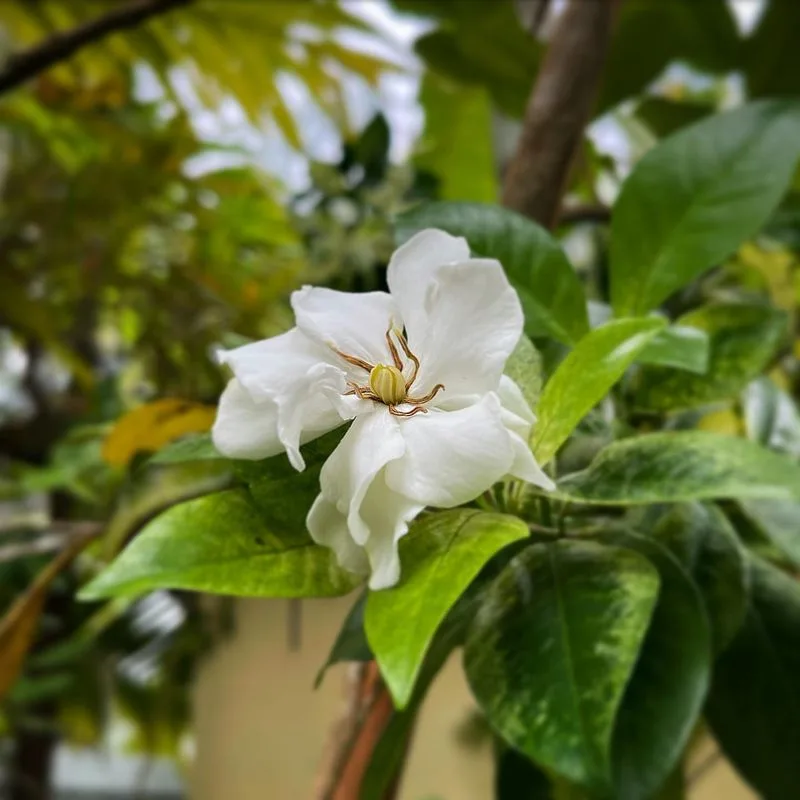
Jasmine, famous for its intoxicating scent, needs a little extra love to flourish. It requires copious sunshine and a gentle touch when watering. Too much water, and it becomes waterlogged; too little, and it dries out.
This plant appreciates a gentle pruning to encourage new growth and blossoms. A little fertilizer during the growing season goes a long way. In return, it will perfume your garden with its sweet aroma, making every evening magical.
Orchid
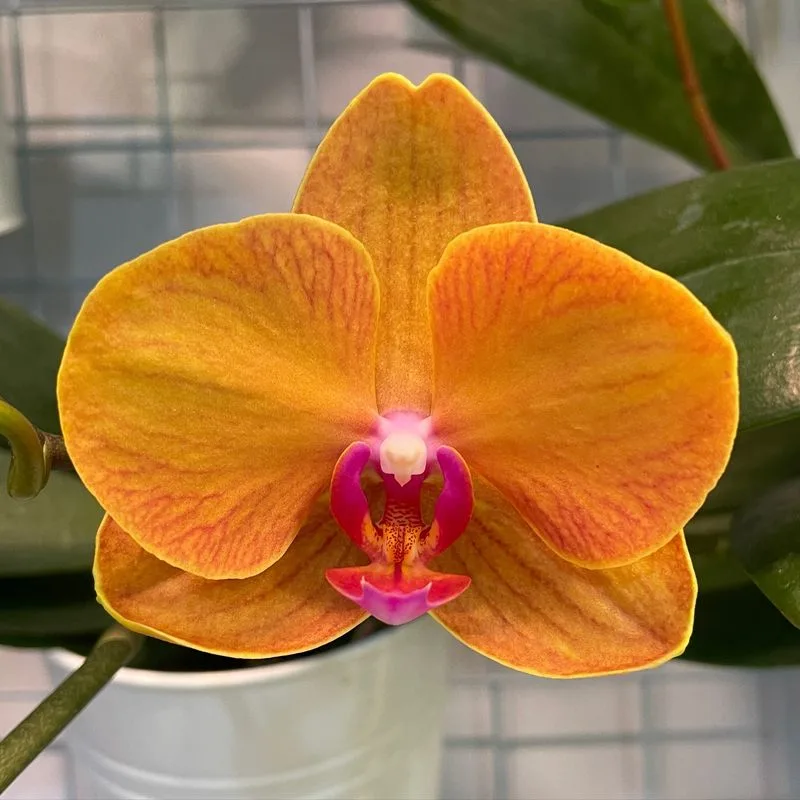
Orchids can be as finicky as they are beautiful. Their exotic blossoms are a reward for those who treat them just right. They prefer a well-lit window but not direct sunlight.
Their roots thrive with a specific watering routine – soak them, then let them dry out completely before the next drink. Orchids find moisture in the air essential, so a humid environment is a bonus. These stunning flowers are worth the effort once you establish their preferred routine.
Lavender

Lavender’s calming fragrance is beloved, yet it desires conditions reminiscent of the Mediterranean. Full sun and well-drained soil are non-negotiable.
Overwatering is its foe; too much moisture, and it succumbs to root rot. In colder climates, Lavender struggles, needing protection from harsh winter winds. With a little attention to its needs, Lavender will repay you with aromatic blossoms and a sense of tranquility in your garden.
Peace Lily
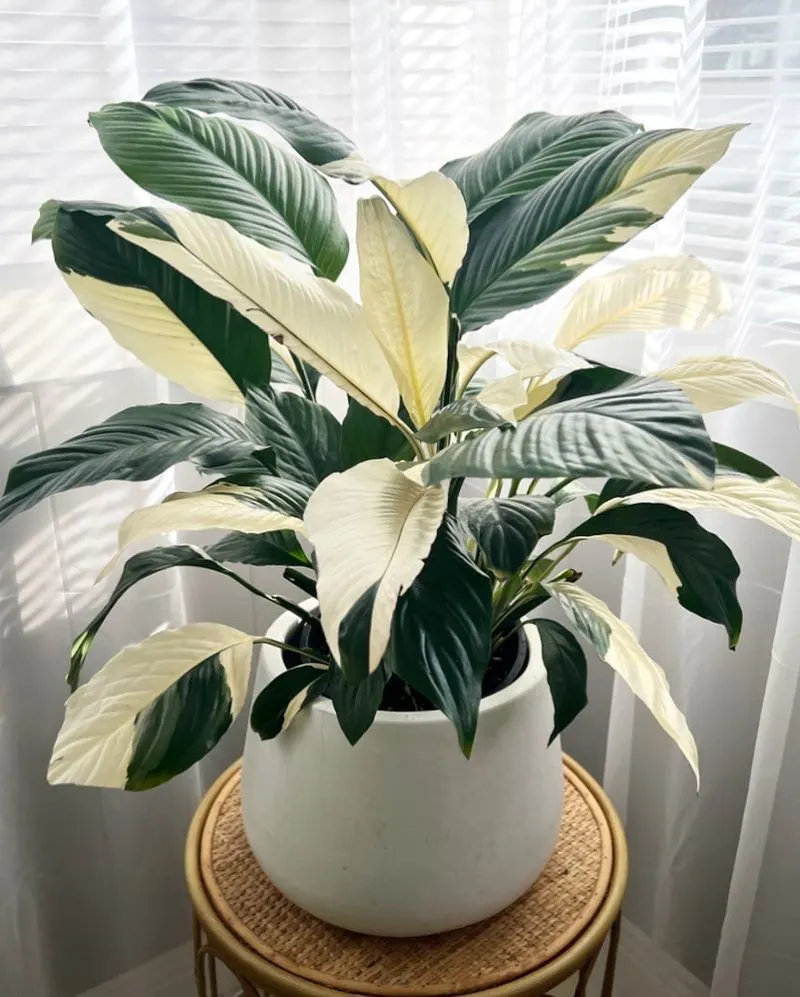
The Peace Lily is known for its glossy, dark leaves and striking white blooms. It’s a forgiving plant, but neglect its need for water, and it wilts dramatically.
It thrives in low-light conditions, making it perfect for offices and homes with limited sunlight. Beyond aesthetics, it purifies the air, adding to its appeal. Water it generously, allowing it to dry out slightly between drinks, and it will remain a graceful addition to your space.
Aloe Vera
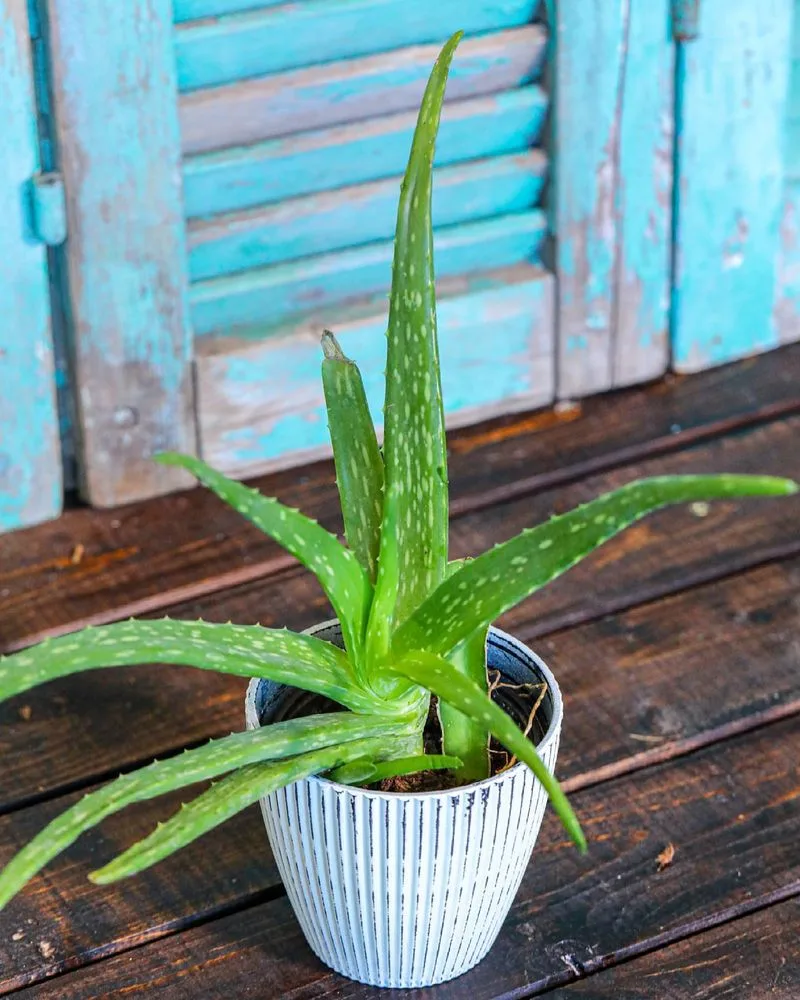
Aloe Vera is not just a healing plant; it’s also a bit of a sun worshipper. Placed on a sunny windowsill, it thrives, soaking up the rays.
However, it doesn’t like to sit in water, so well-drained soil is a must. Forget to water it now and then, and it won’t hold a grudge. Despite its hardy nature, it flourishes with infrequent watering. A little bit of neglect can go a long way with Aloe Vera.
Gardenia
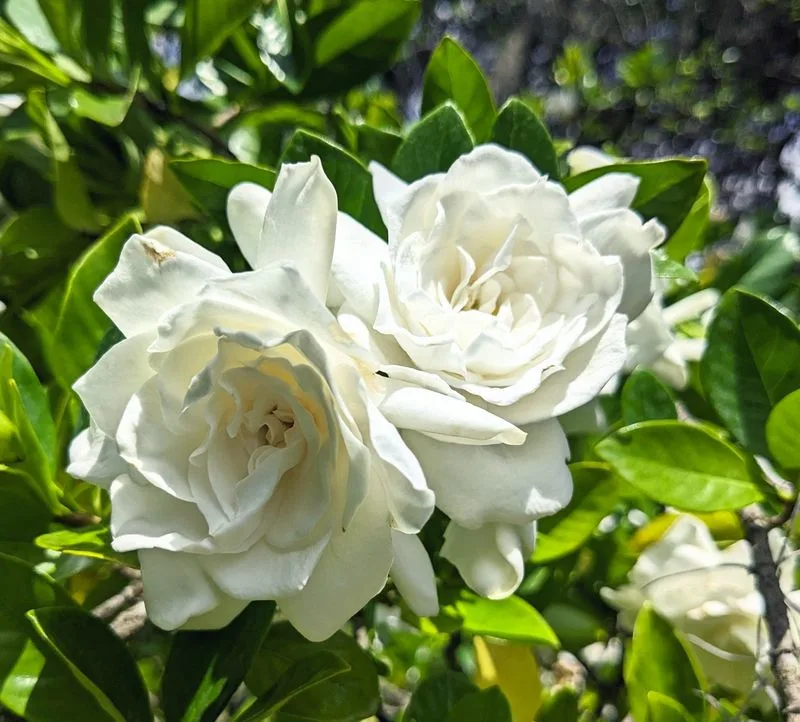
Gardenias are captivating with their creamy white blossoms and glossy leaves, yet they demand attention. High humidity and acidic soil are their best friends. Without them, Gardenias sulk.
Their fragrant flowers entice, but only if they’re happy with their environment. Regular fertilization and consistent watering ensure their blossoms remain plentiful. When treated right, Gardenias transform any space into a fragrant paradise.
African Violet
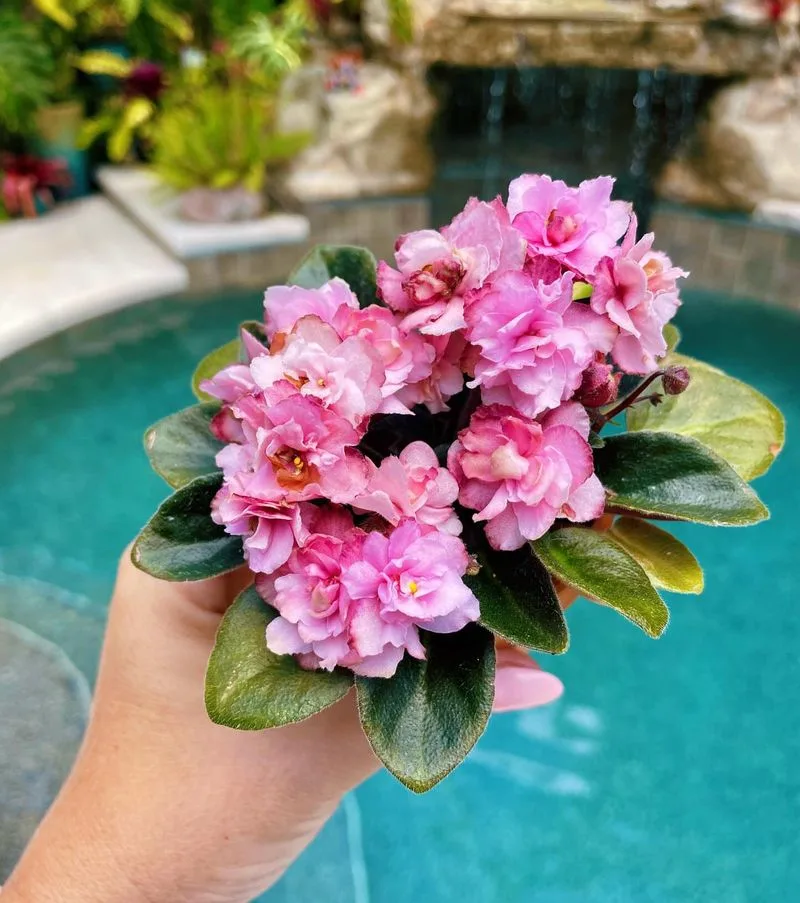
African Violets are small yet mighty in their bloom power. They adore bright, indirect light and are sensitive to cold water.
Water them with room-temperature water to avoid spotting their leaves. These plants thrive in a cozy environment; avoid drafts at all costs. A little care and they reward you with colorful flowers that brighten any room. Their petite size makes them ideal for small spaces, adding a burst of color.
Calathea
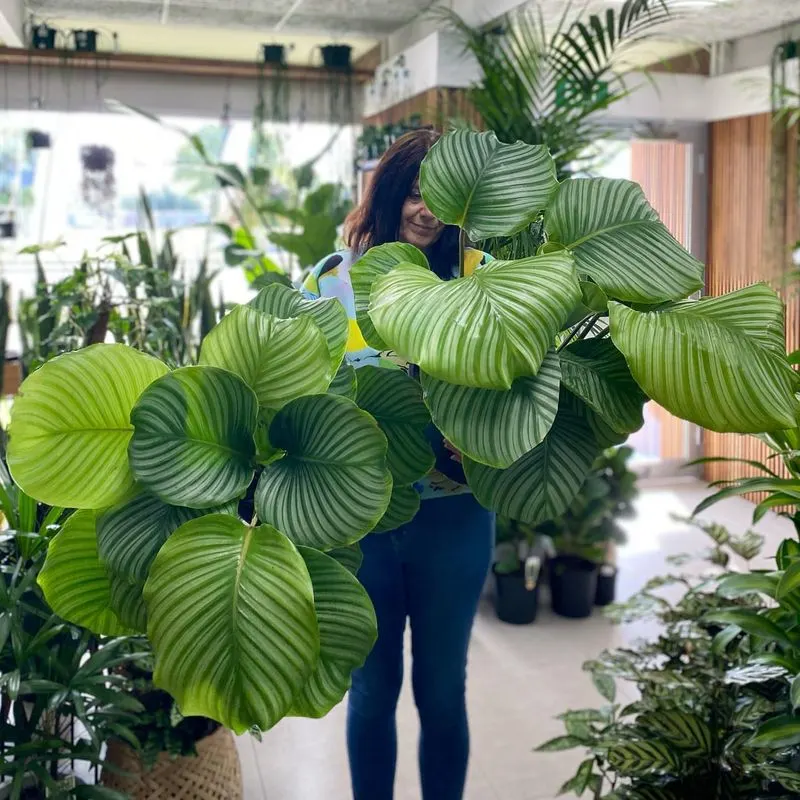
With its eye-catching foliage, Calathea is a showstopper in any home. Yet, it’s the humidity that makes it truly shine.
Without adequate moisture, its leaves curl and crisp at the edges. A humidifier or regular misting keeps it looking its best. Calathea also appreciates consistent watering. Given the right conditions, its vibrant patterns add an artistic touch to your decor.
Bonsai
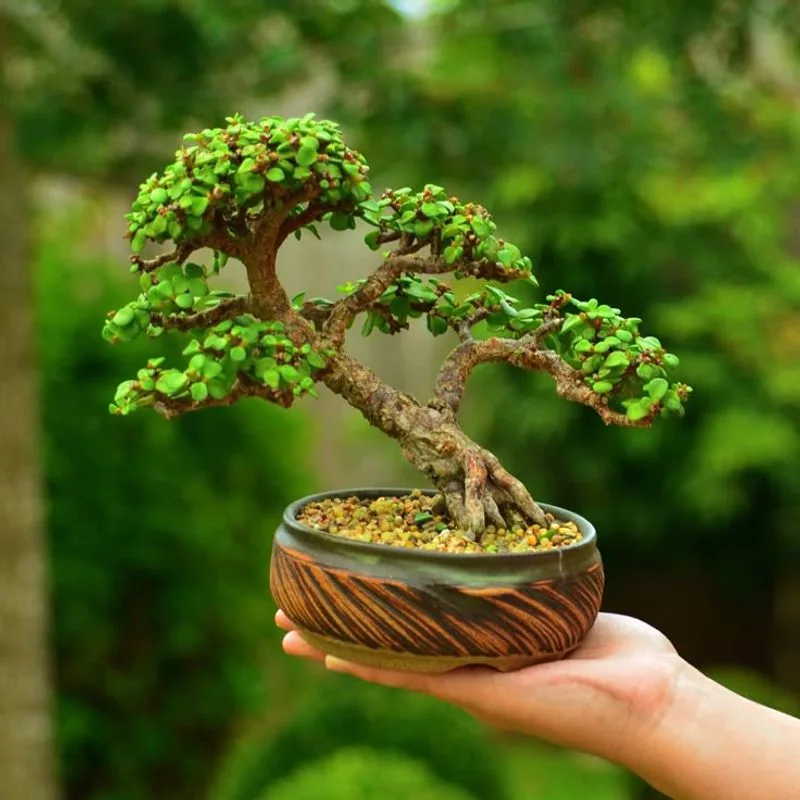
Bonsai trees are both an art and a science, reflecting patience and skill. These miniature trees require precise watering; over or under-watering can be detrimental.
They flourish in bright, indirect light. Pruning is crucial to maintain their iconic shape. Bonsai can be a meditative practice, as each tree tells a unique story. With dedication, they become a living piece of art in your home.
Spider Plant
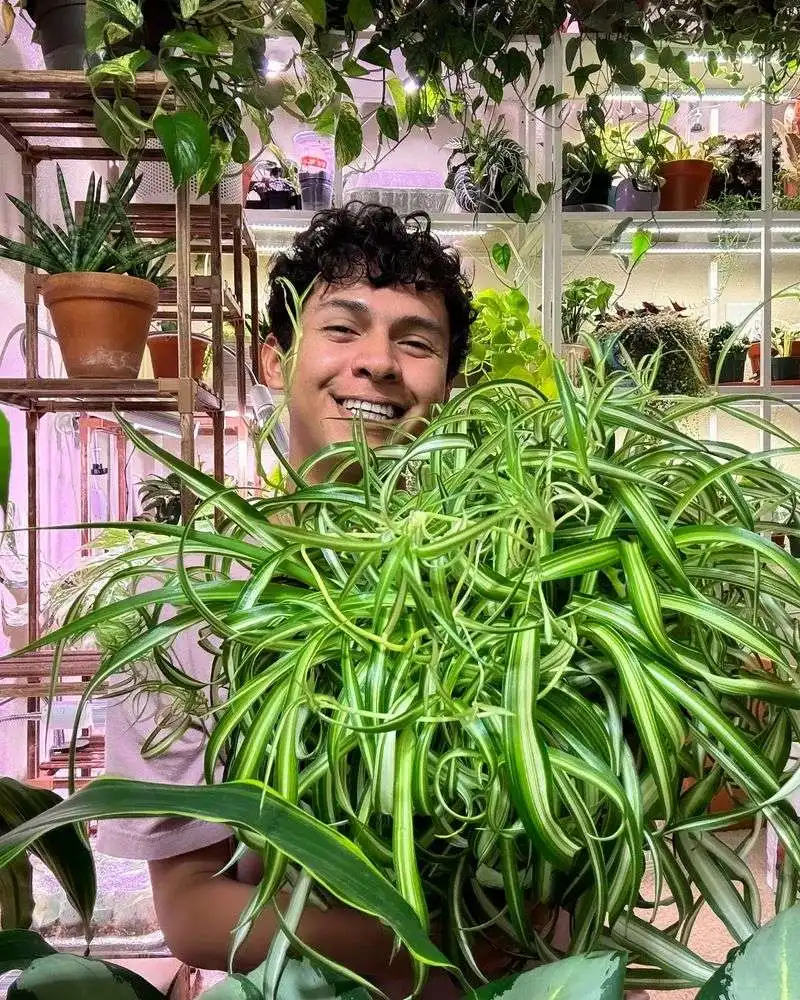
The Spider Plant is known for its air-purifying qualities and ease of care. However, it hates fluoride, often found in tap water.
To keep it healthy, use distilled or rainwater. Bright, indirect light suits it best, allowing its plantlets to thrive. These offshoots can be propagated, making it a favorite among plant lovers. Its adaptability makes it a fantastic choice for beginners and seasoned growers alike.
Rubber Plant
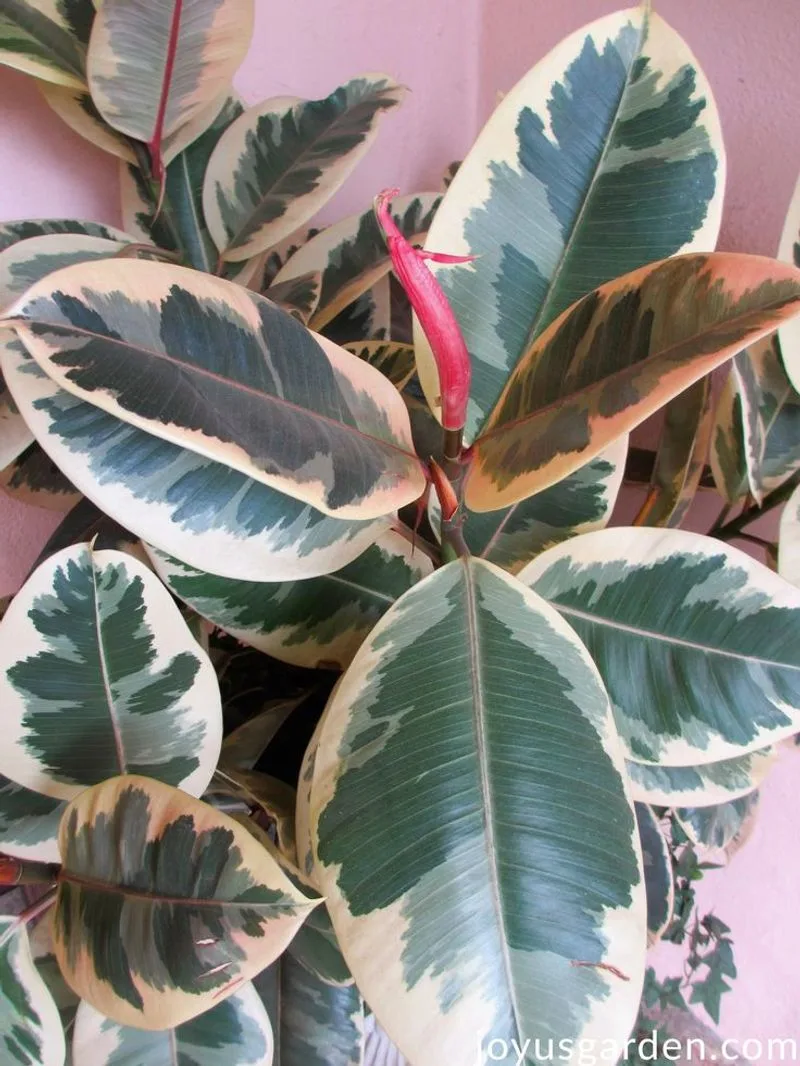
Rubber Plants are bold and beautiful, with their glossy leaves and towering presence. They crave bright, indirect light and loathe overwatering.
Their soil should dry out between waterings to prevent root rot. Dusting their leaves keeps them looking fresh and aids photosynthesis. When cared for properly, they grow into a striking indoor tree that commands attention.
English Ivy
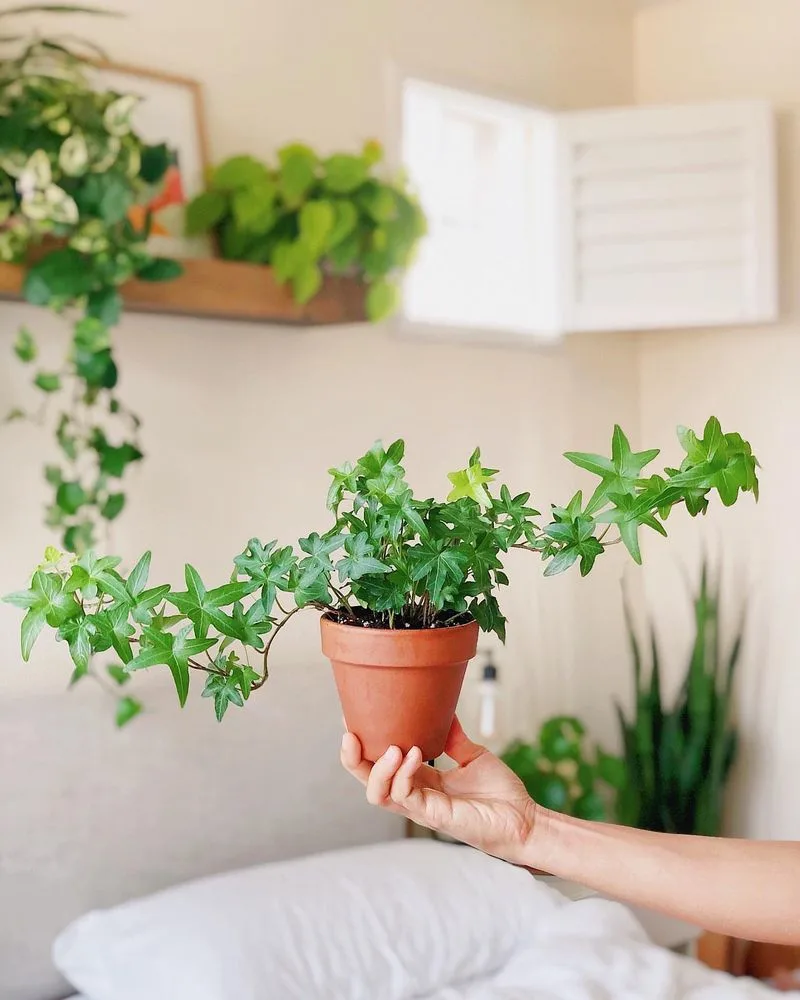
English Ivy is as versatile as it is charming, often found adorning walls and trellises. But it needs a watchful eye; it can become invasive outdoors.
Indoors, it appreciates bright, indirect light and regular pruning to keep it in check. Humidity is its friend, so misting helps maintain its lush appearance. With proper care, it adds a classic touch to any setting.
Snake Plant
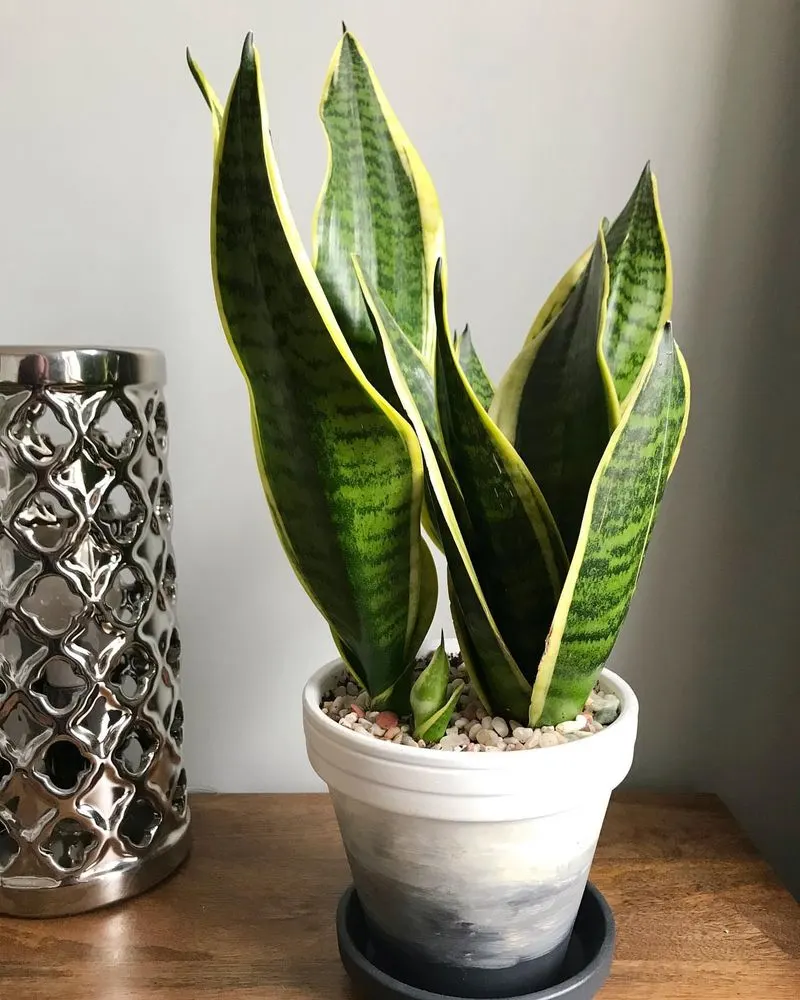
The Snake Plant is almost indestructible, perfect for those new to plant care. It thrives on neglect, preferring infrequent watering and indirect light.
This resilience makes it a popular choice for offices and bedrooms. Its architectural leaves add structure and style, purifying the air as a bonus. The Snake Plant’s low maintenance requirements make it a staple for busy individuals.
Oleander
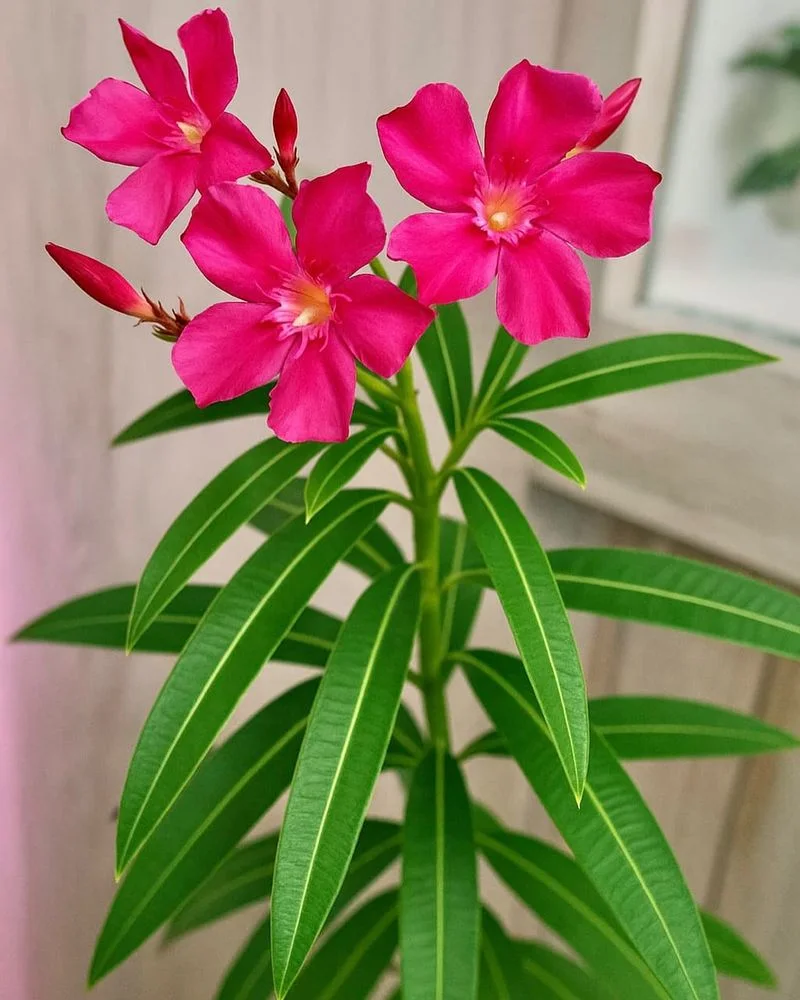
Oleander’s stunning flowers come with a warning: all parts are toxic if ingested. This plant loves sunshine and can tolerate drought, making it suitable for hot climates.
Regular pruning helps maintain its shape and encourages blooming. Despite its toxicity, its vibrant colors and resilience make it a striking addition to landscapes. A little caution ensures Oleander remains a beautiful feature in the garden.
Begonia
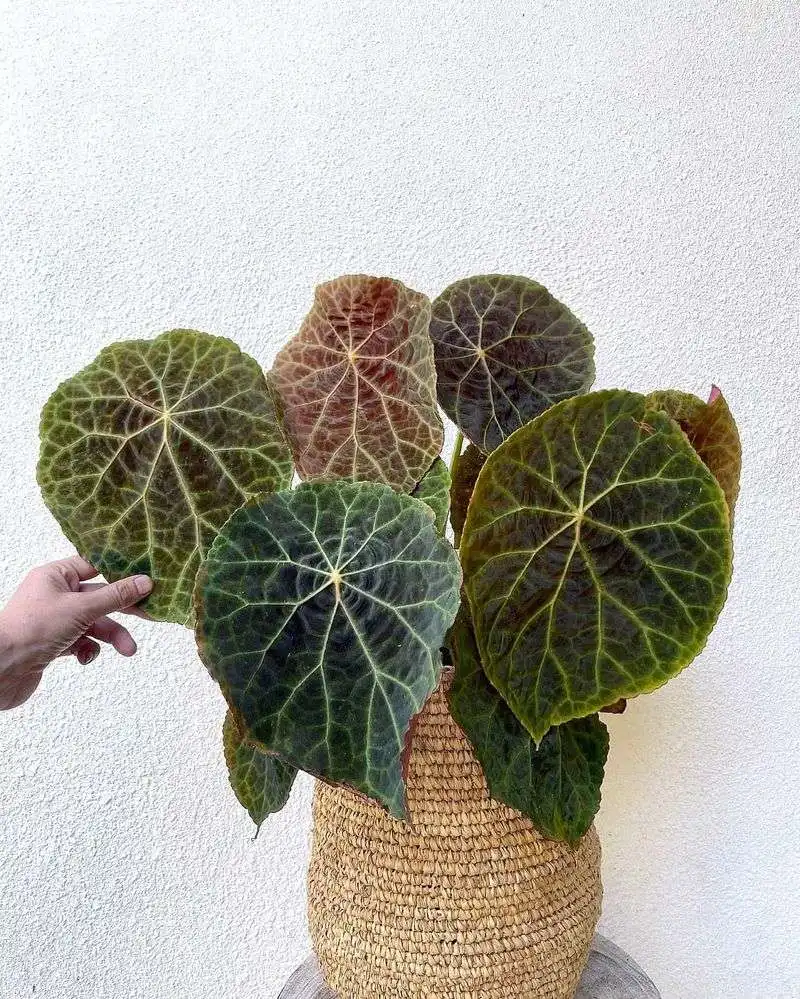
Begonias are celebrated for their colorful flowers and variety. They flourish in bright, indirect light and appreciate humidity.
Overwatering can spell disaster, so let their soil dry slightly between waterings. A sheltered spot outdoors or a sunny window indoors suits them well. With a little attention, Begonias offer continuous blooms and vibrant foliage, enhancing any space they occupy.

